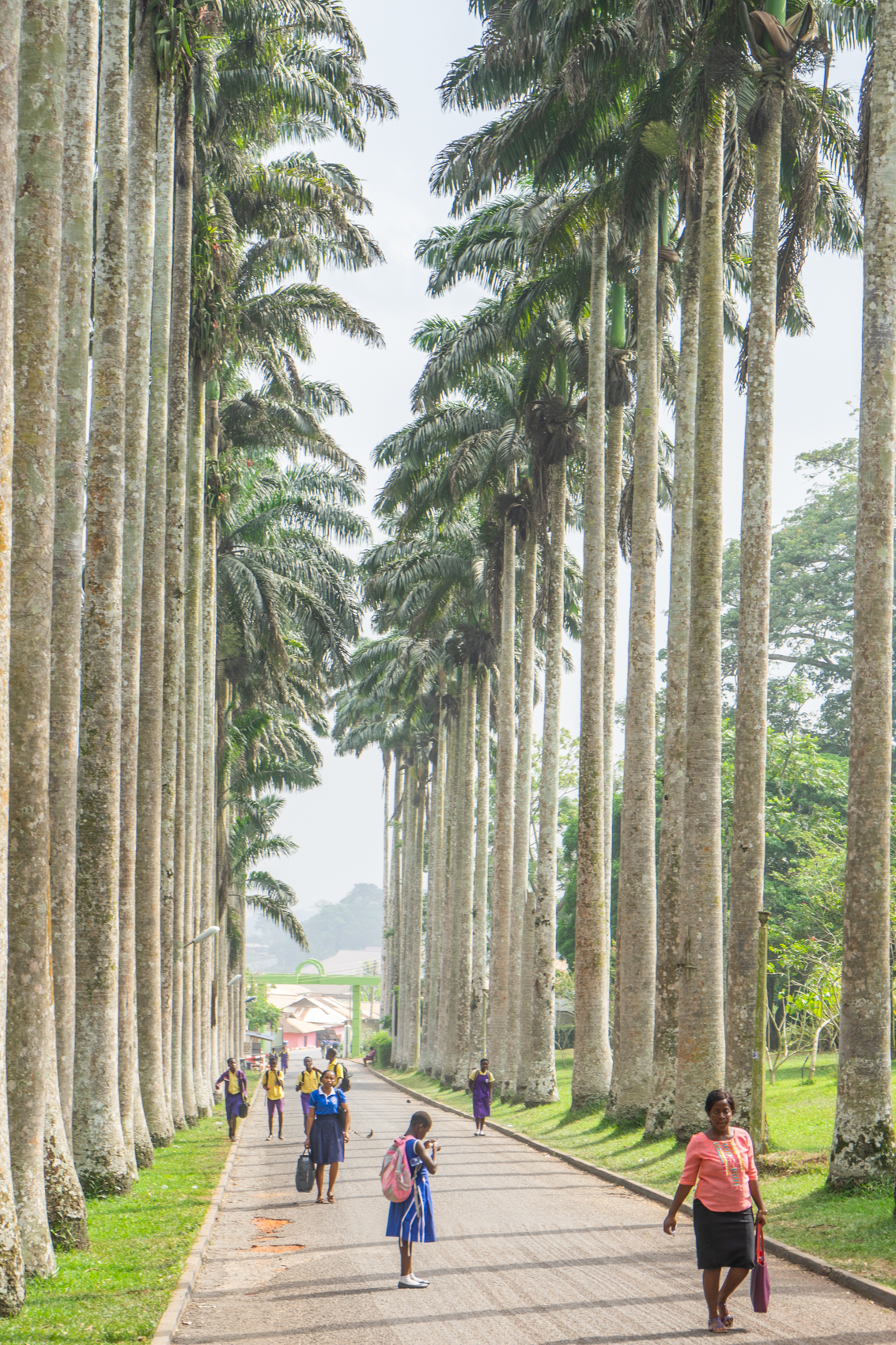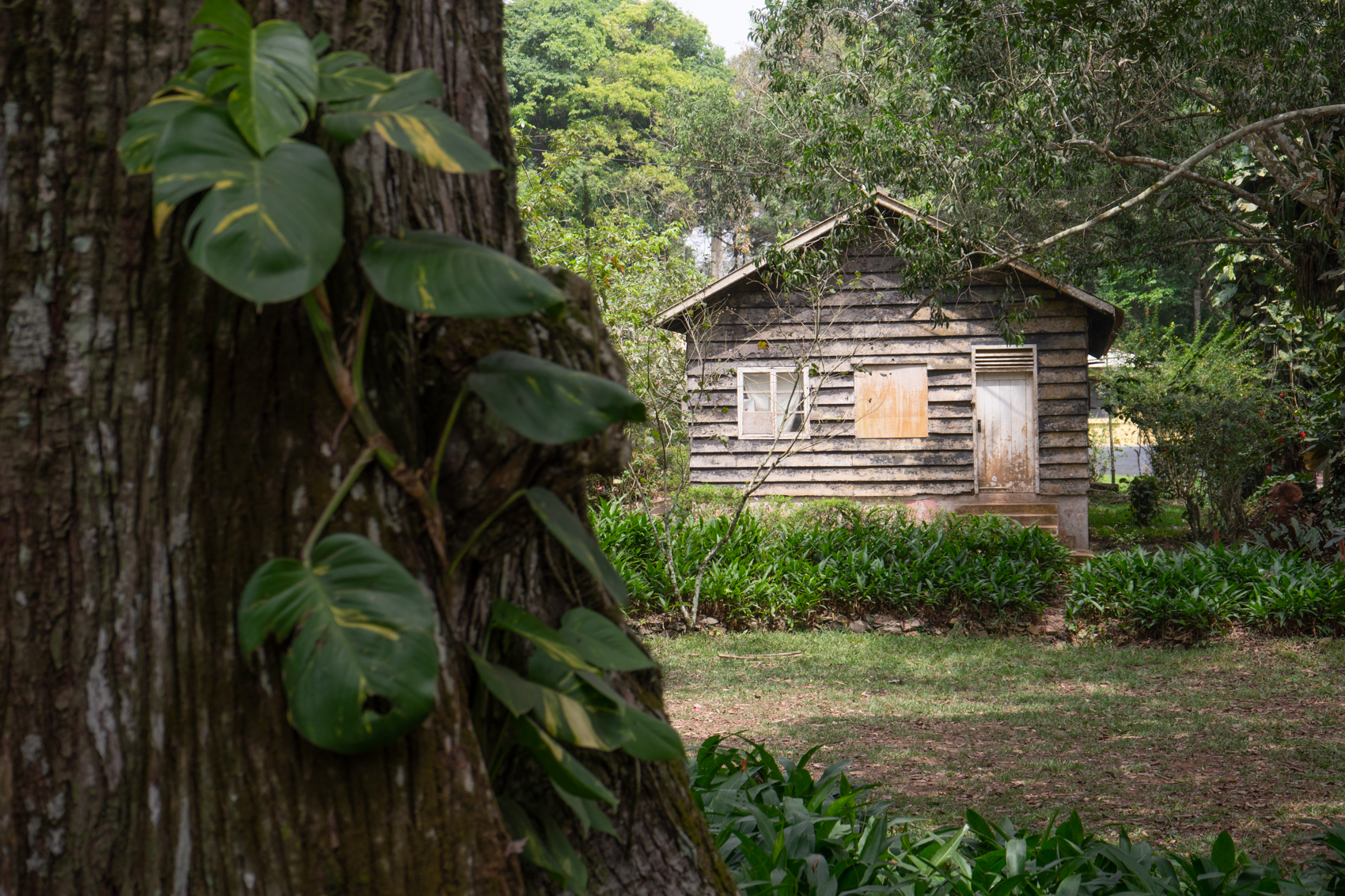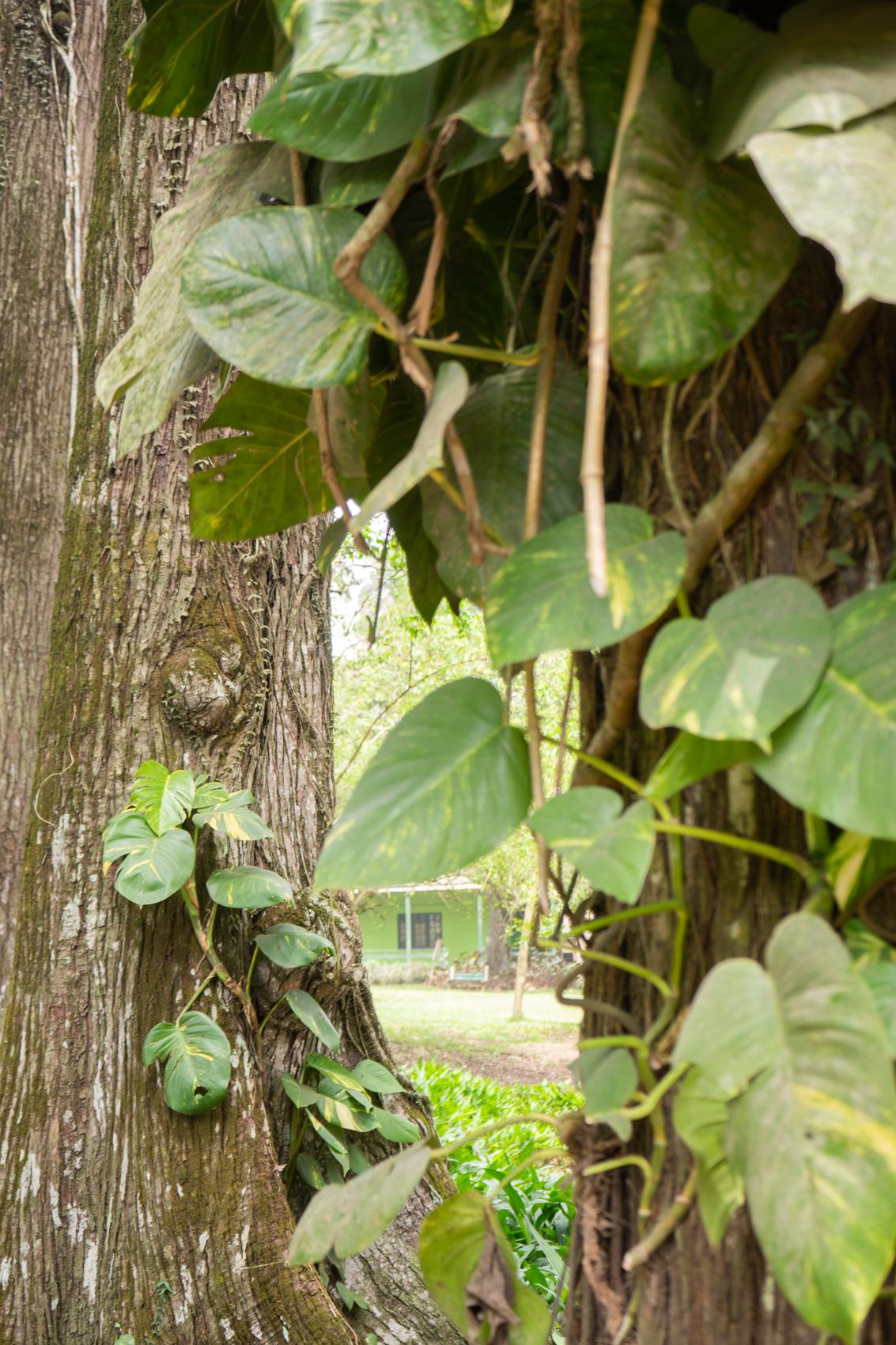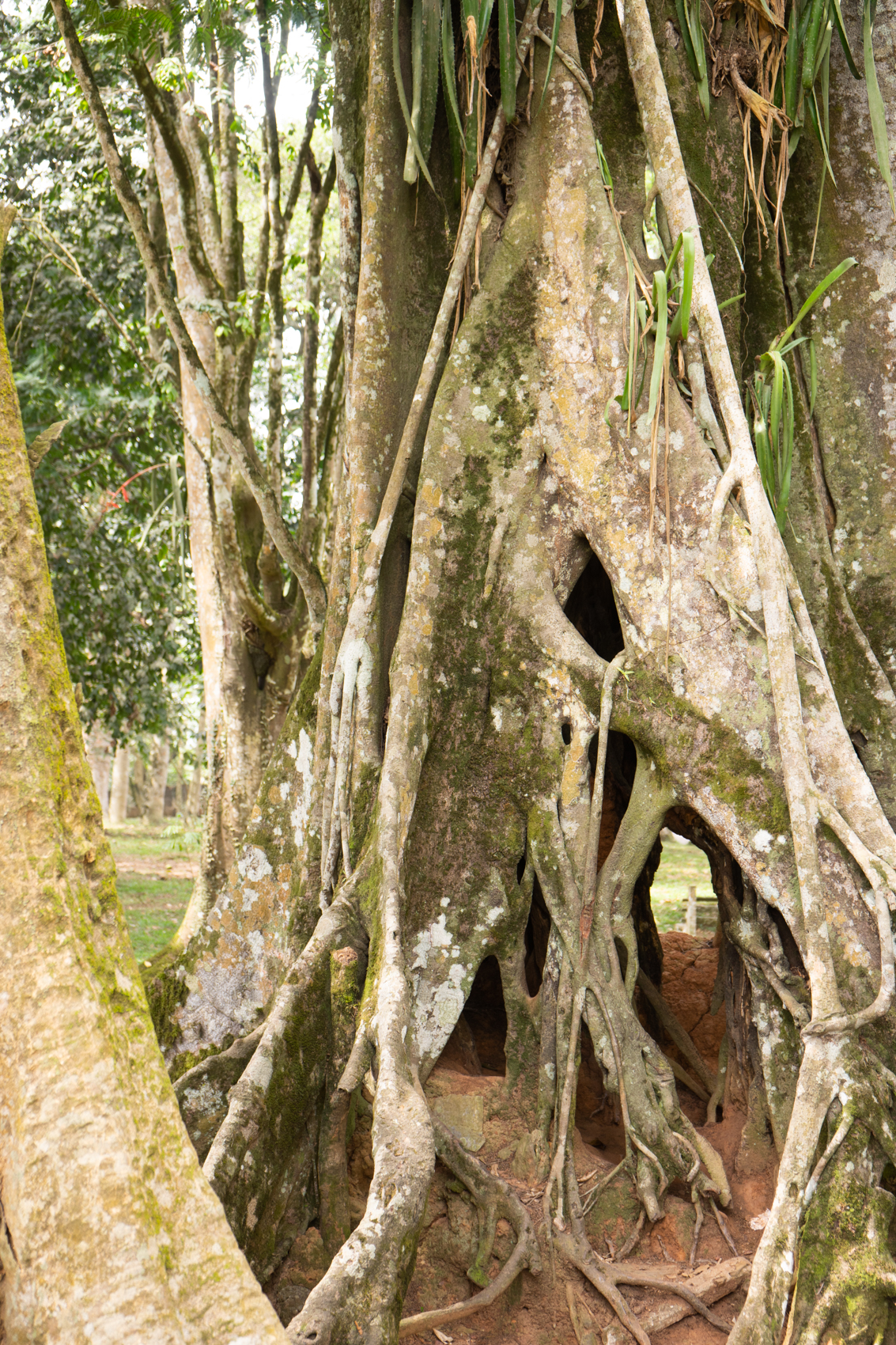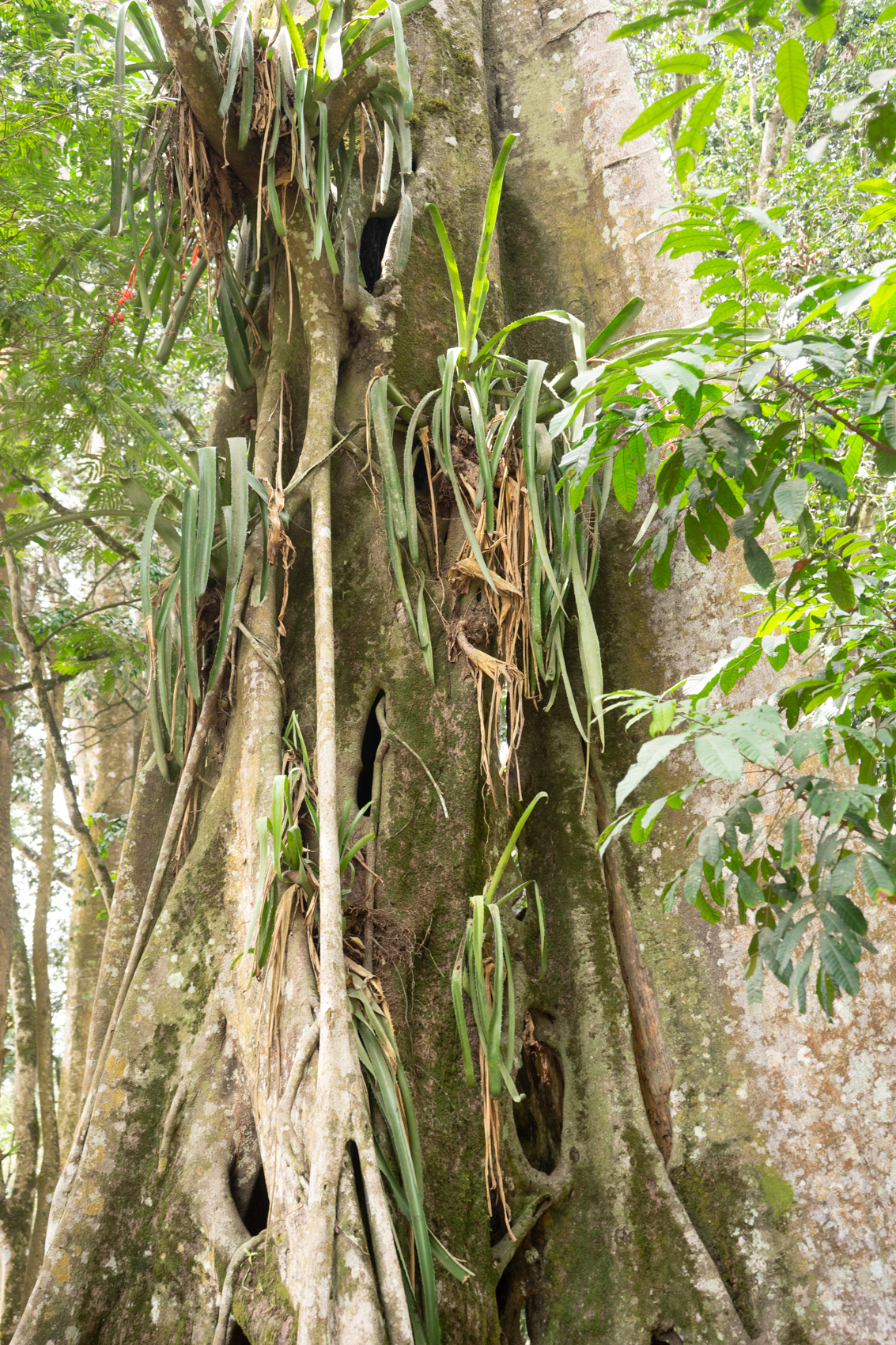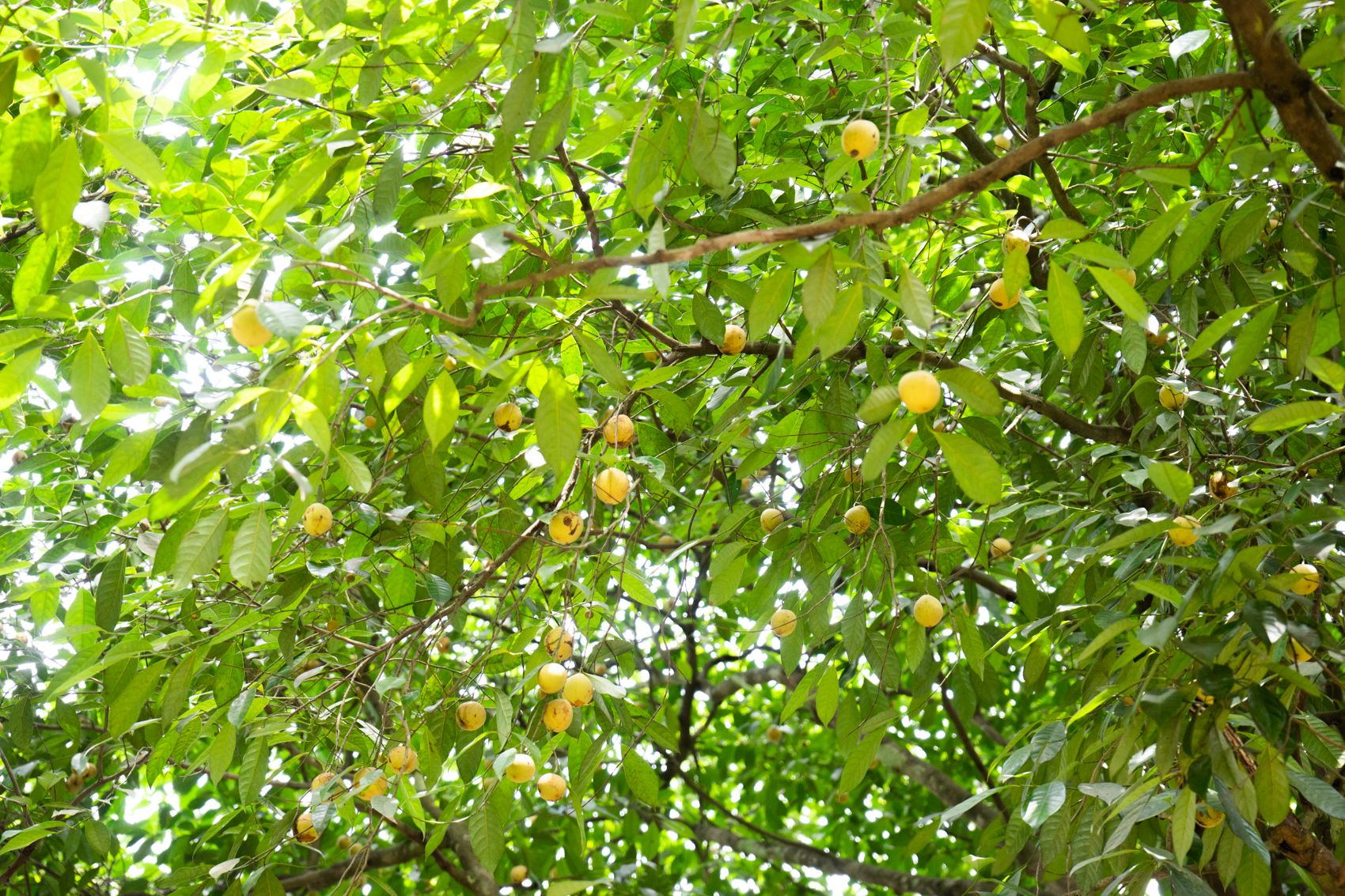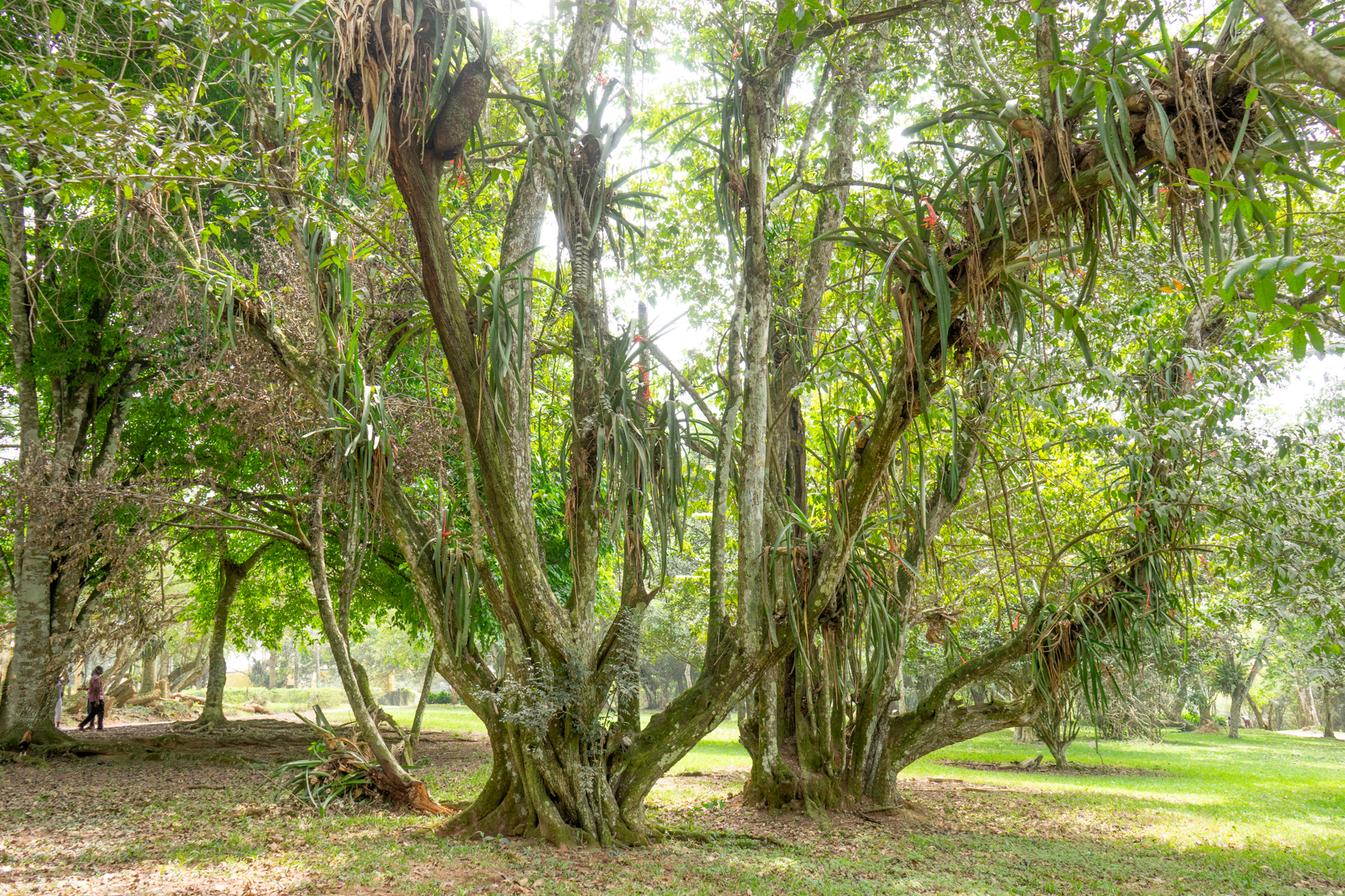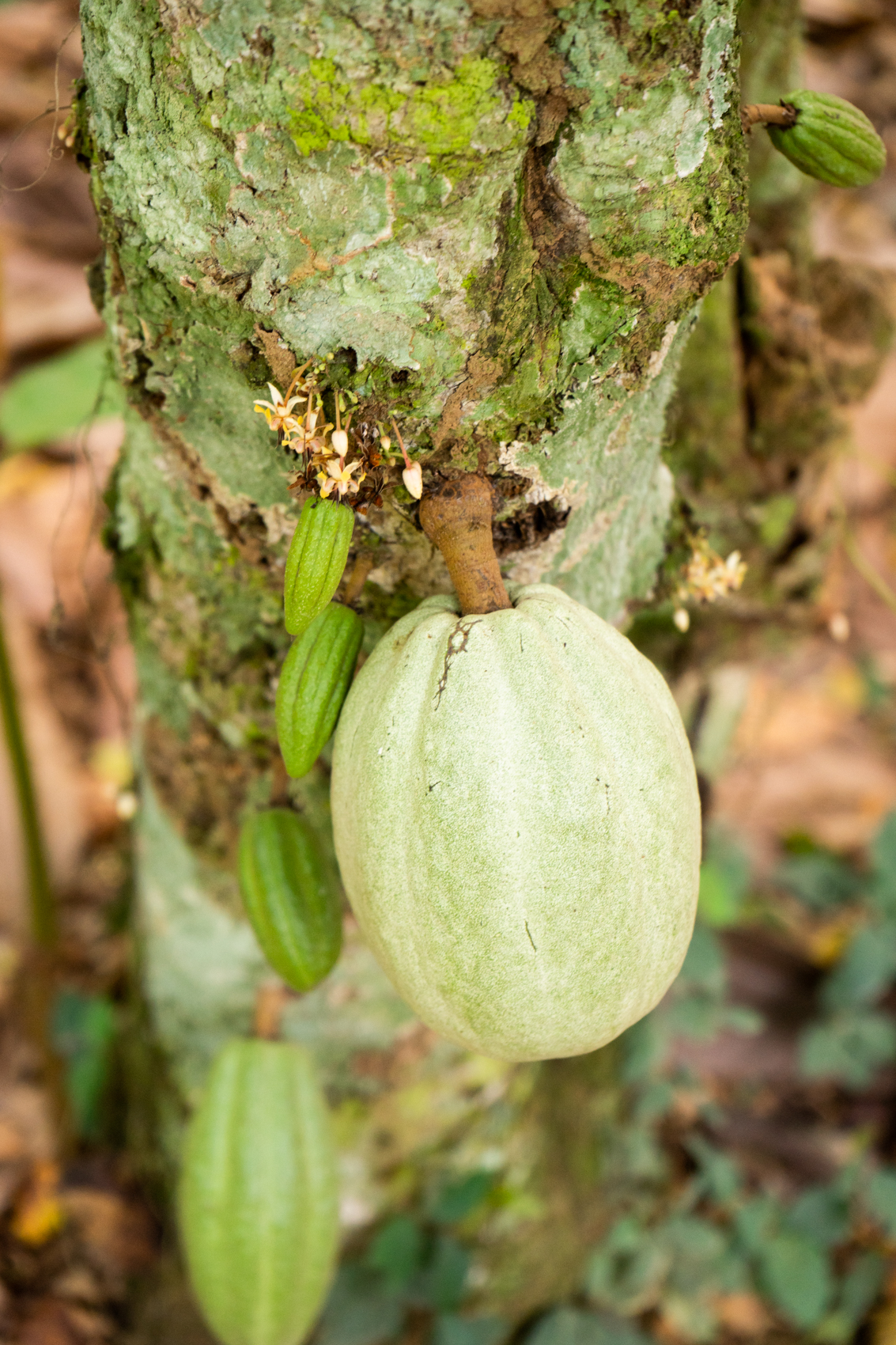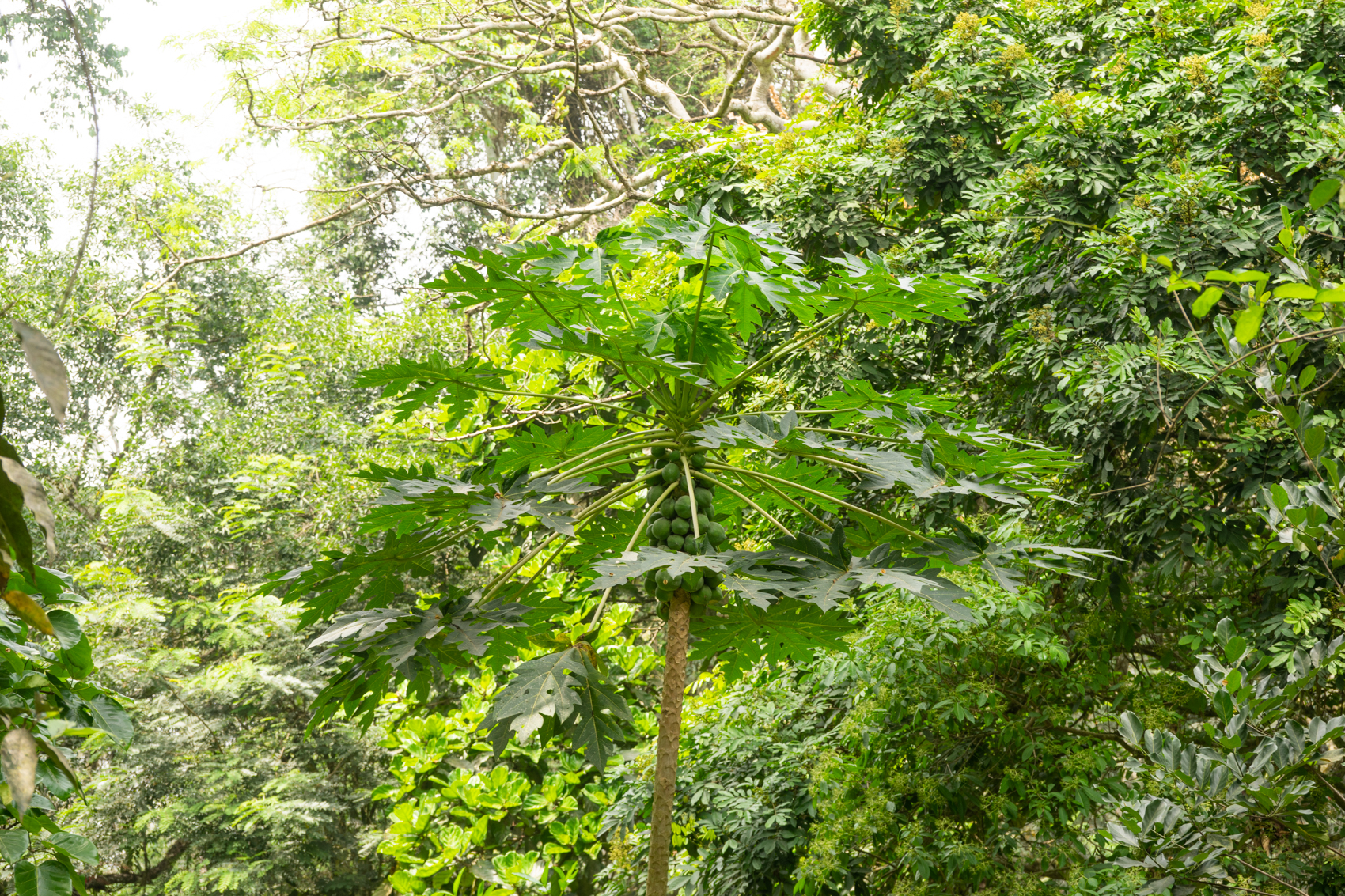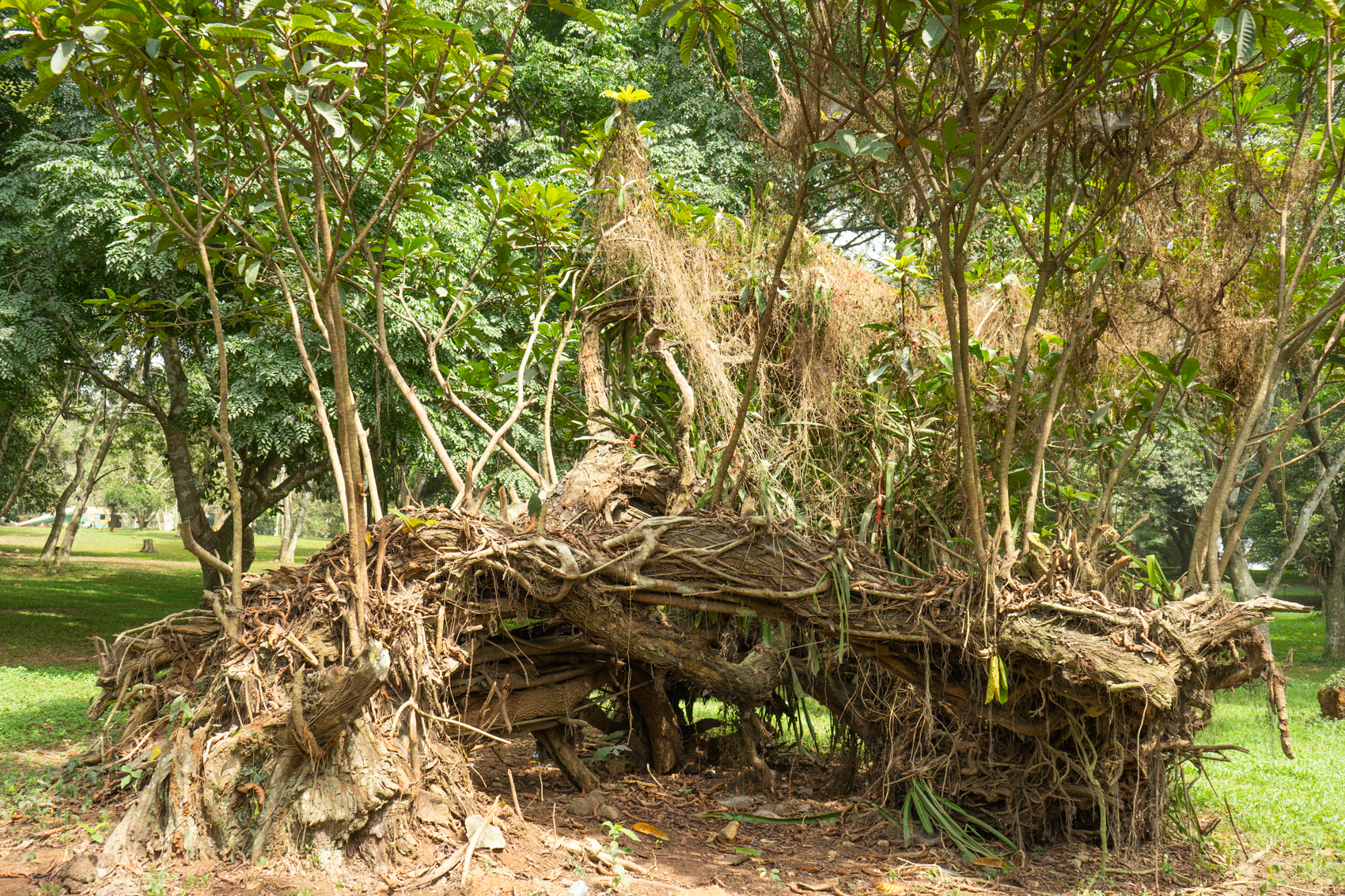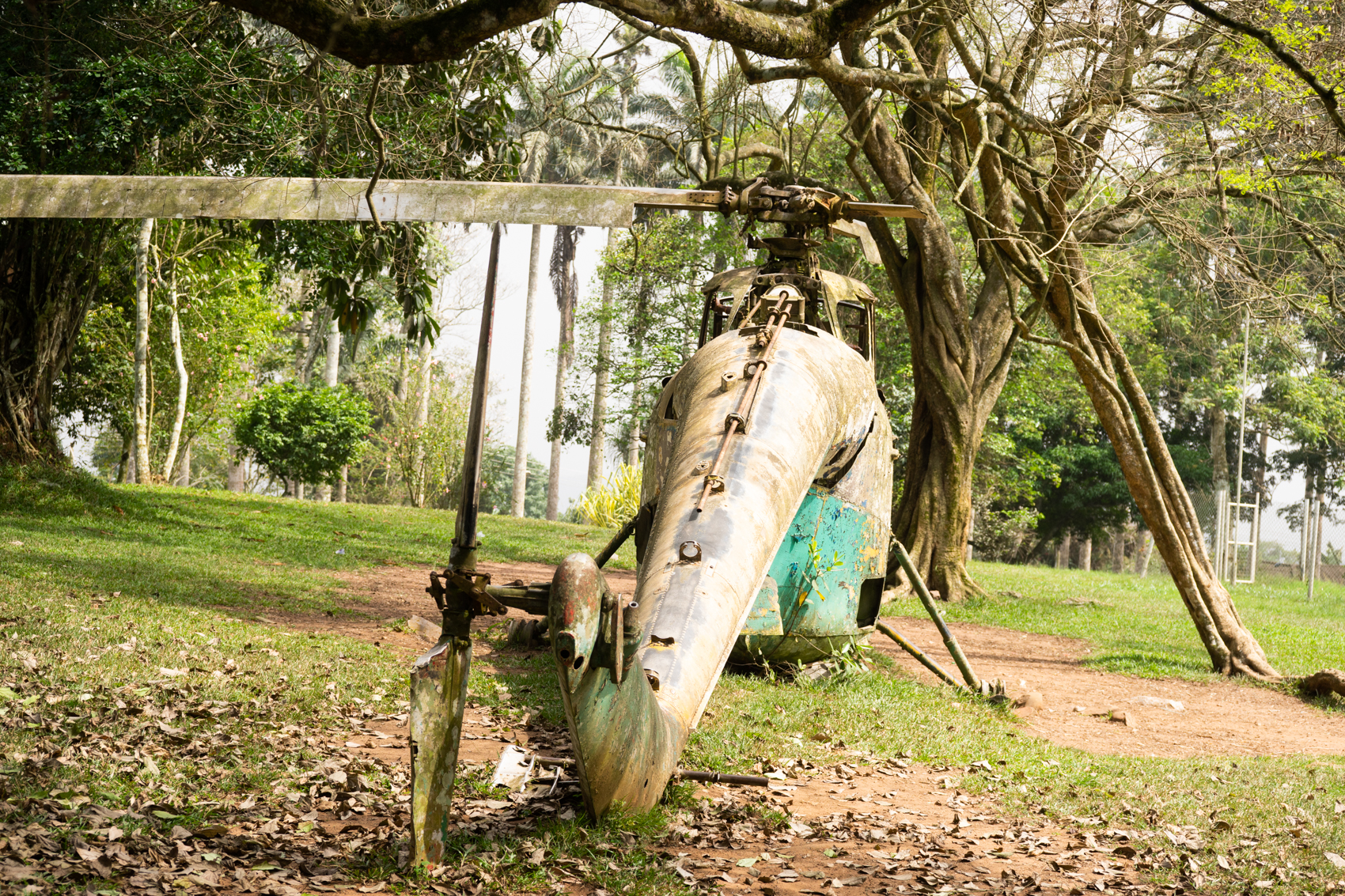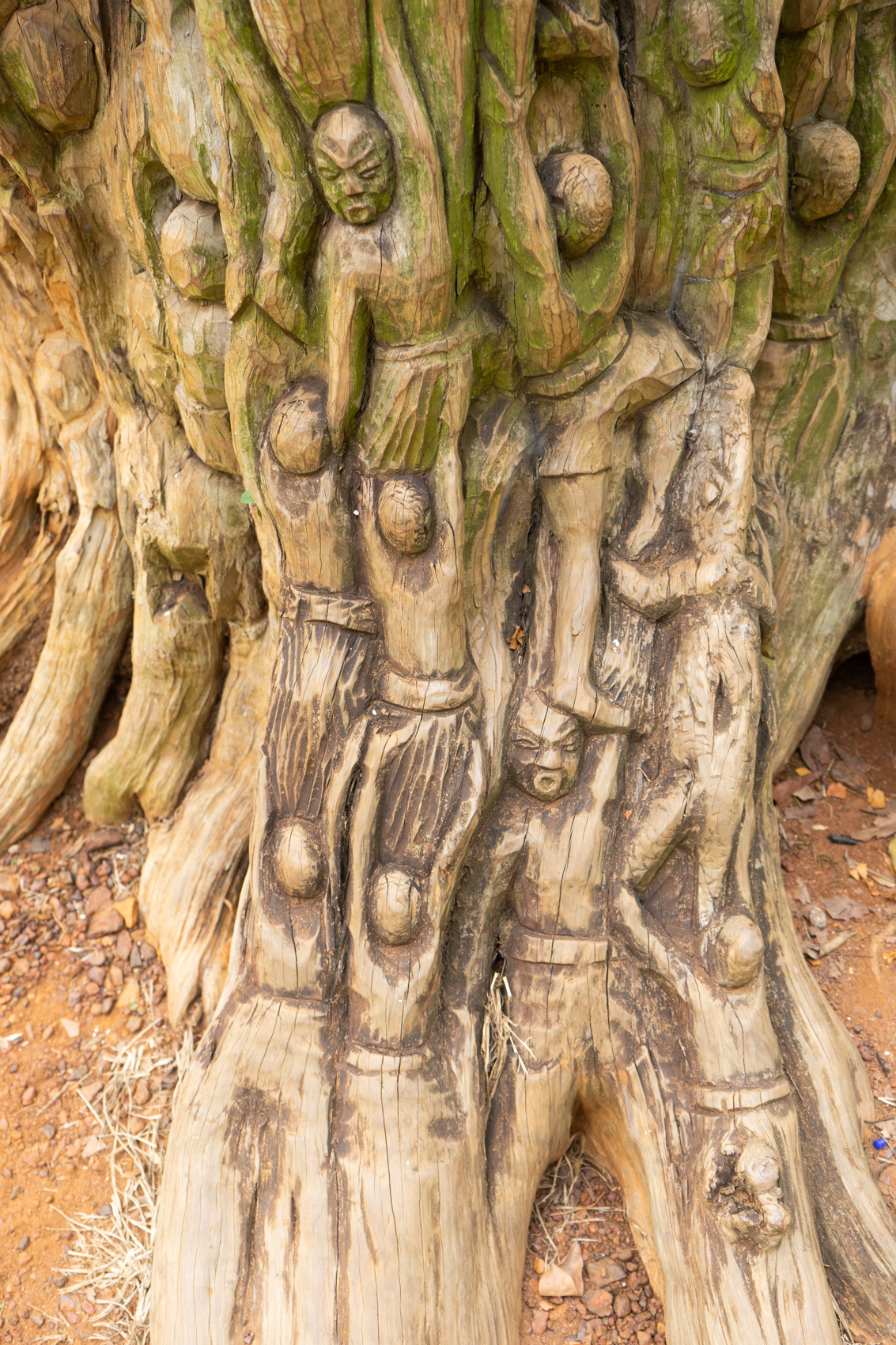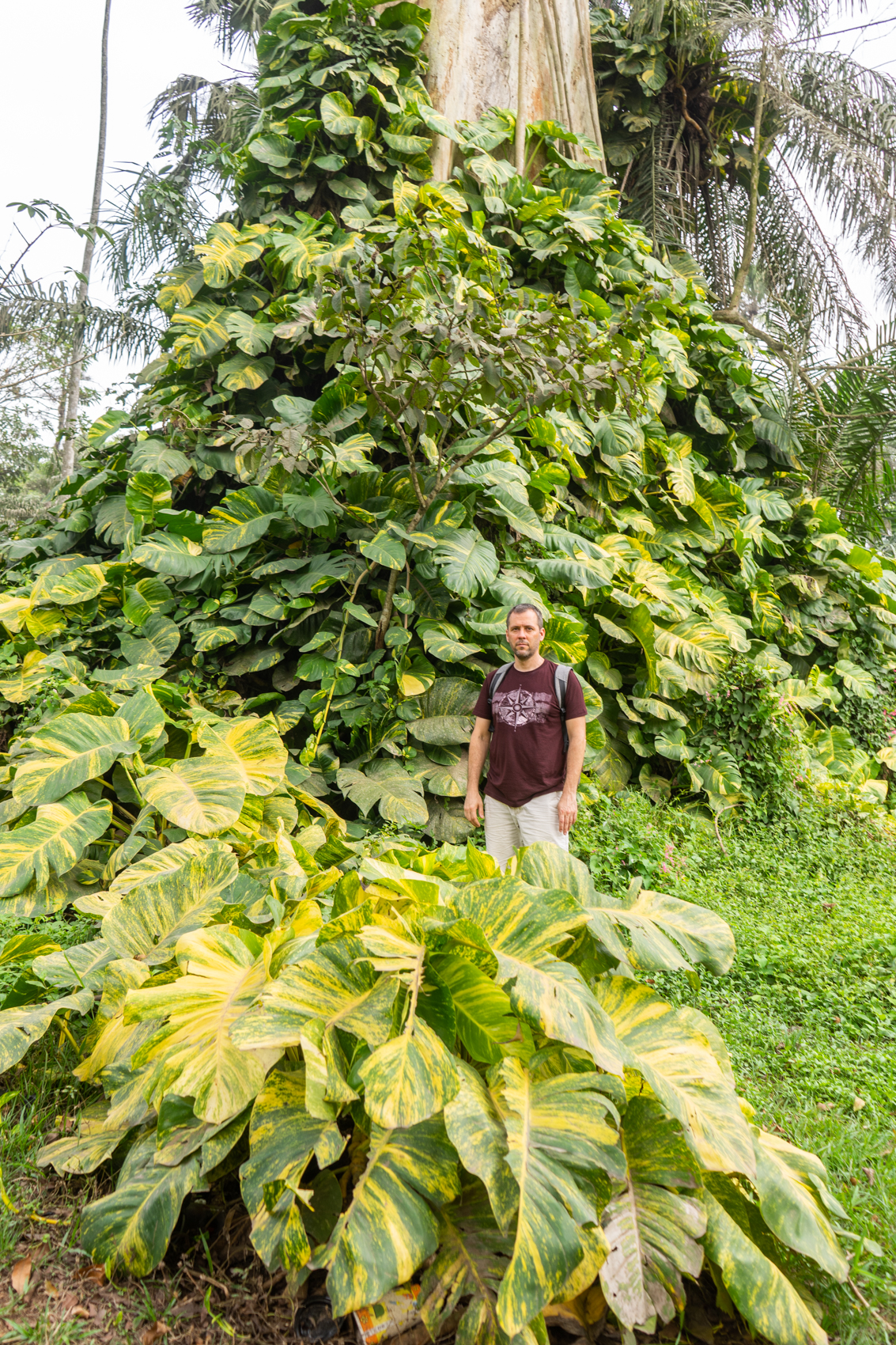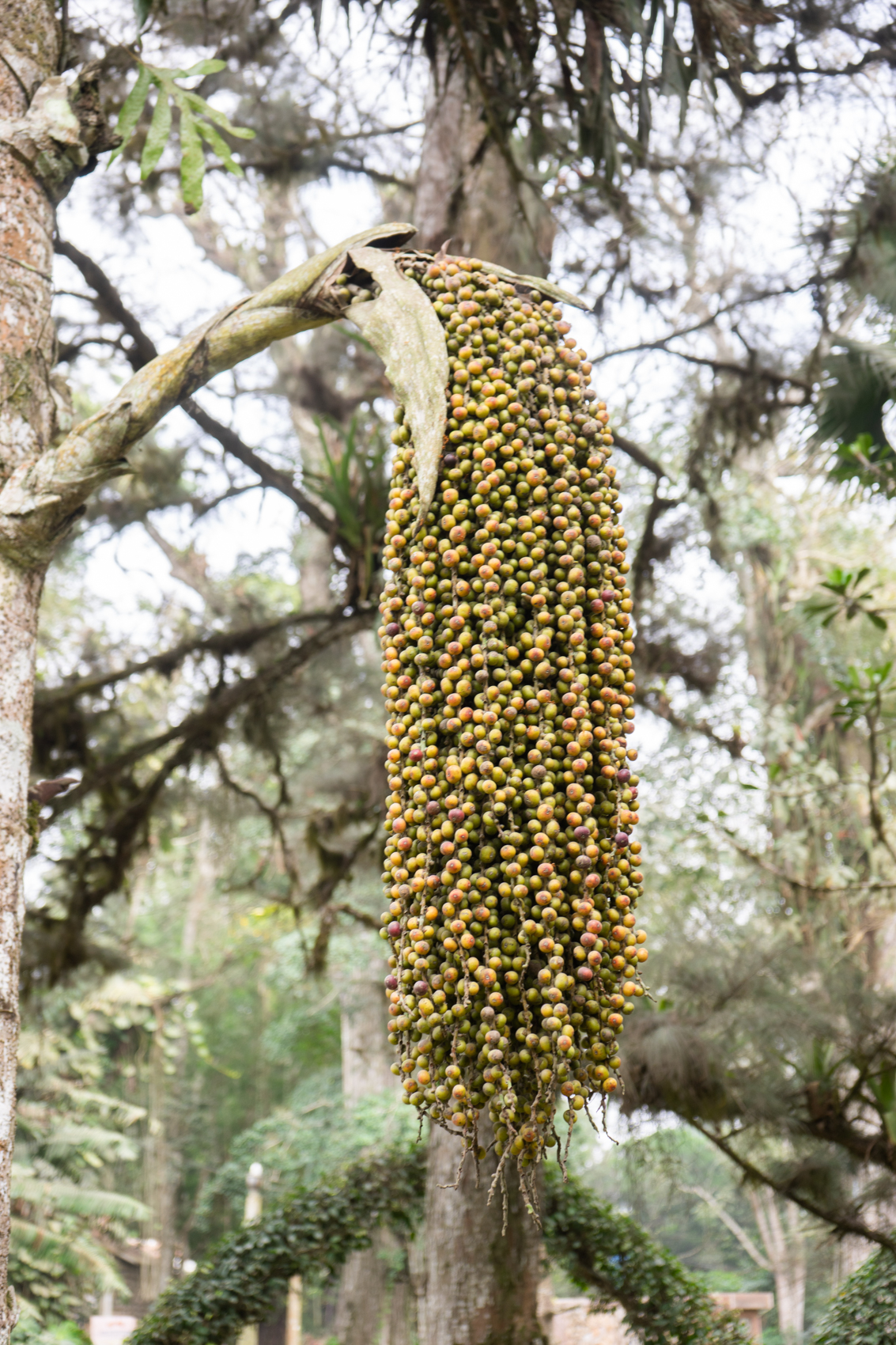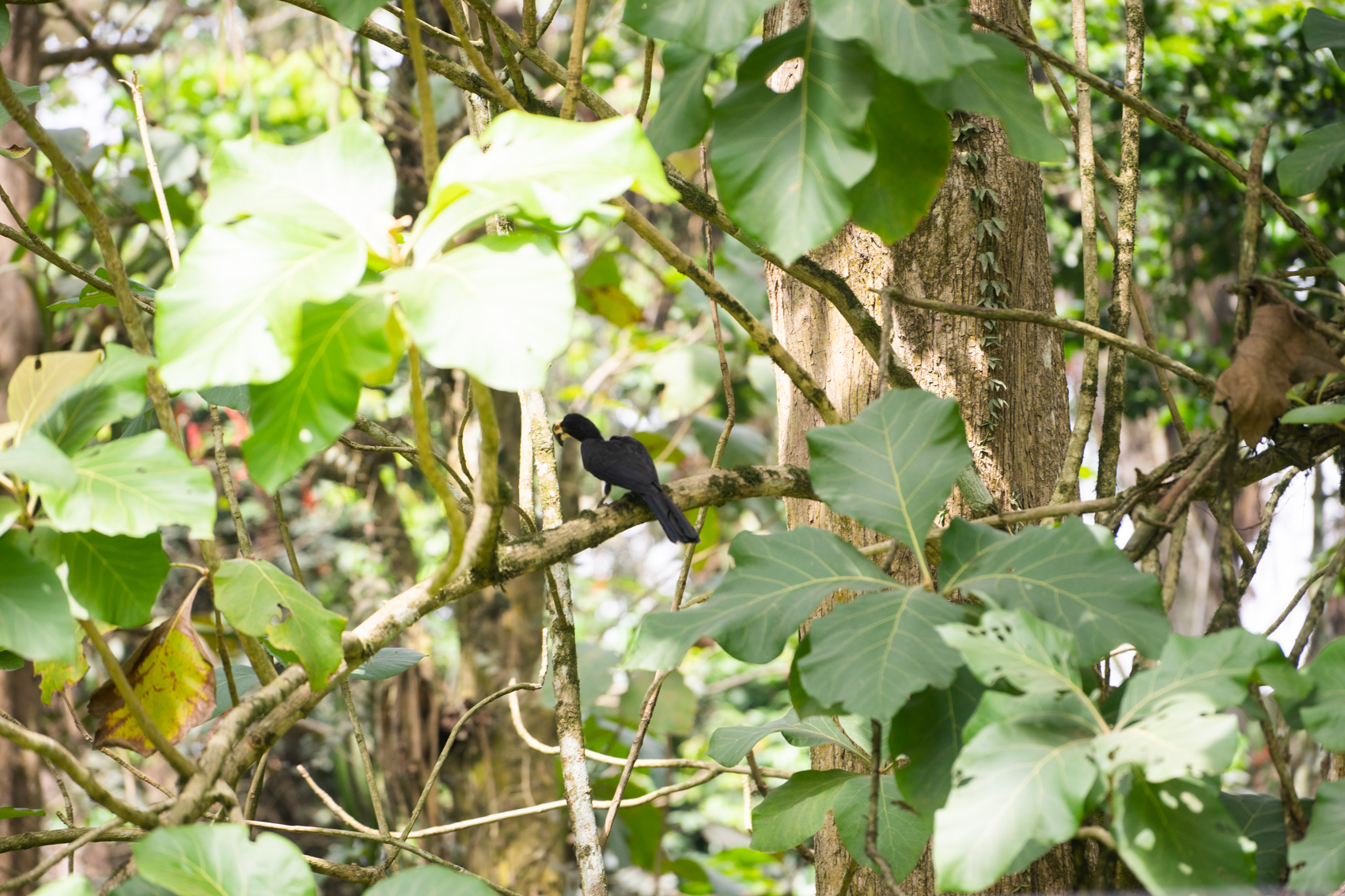The Botanic Garden of Aburi
The small town of Aburi is best known for its sprawling Botanical Garden, developed by the British as a sanatorium, and opened as a public garden in 1890. It’s become a point of pride with locals, popular with those seeking a break from the hectic daily life in Accra. We spent a couple hours enjoying the garden’s serenity, during our trip to Aburi.

Visitors are welcomed into the garden by a long walkway lined with towering royal palm trees. Past this, a handful of trails snake around the park, with the most interesting trees clearly marked. You do have to contend with guides, but they’re not too persistent, and will leave you in peace if you’d rather tour the garden on your own. There are also a number of restaurants and cafes, where you can take a break.
The garden isn’t as large as we had feared, after viewing the map. Most of the area is occupied by a wild and off-limit section of forest, and the publicly accessible areas can be fully toured in an hour. But there’s plenty to see. We loved the Australian strangler tree, which had completely consumed its host, leaving a perfectly round hollow interior you could stare up into, and even climb.
Another cool discovery was the large trunk of a deceased tree, every inch of which has been carved into an intricate statue, with hundreds of human and animal figures piled on top of each other, in an eternal struggle to reach the top.
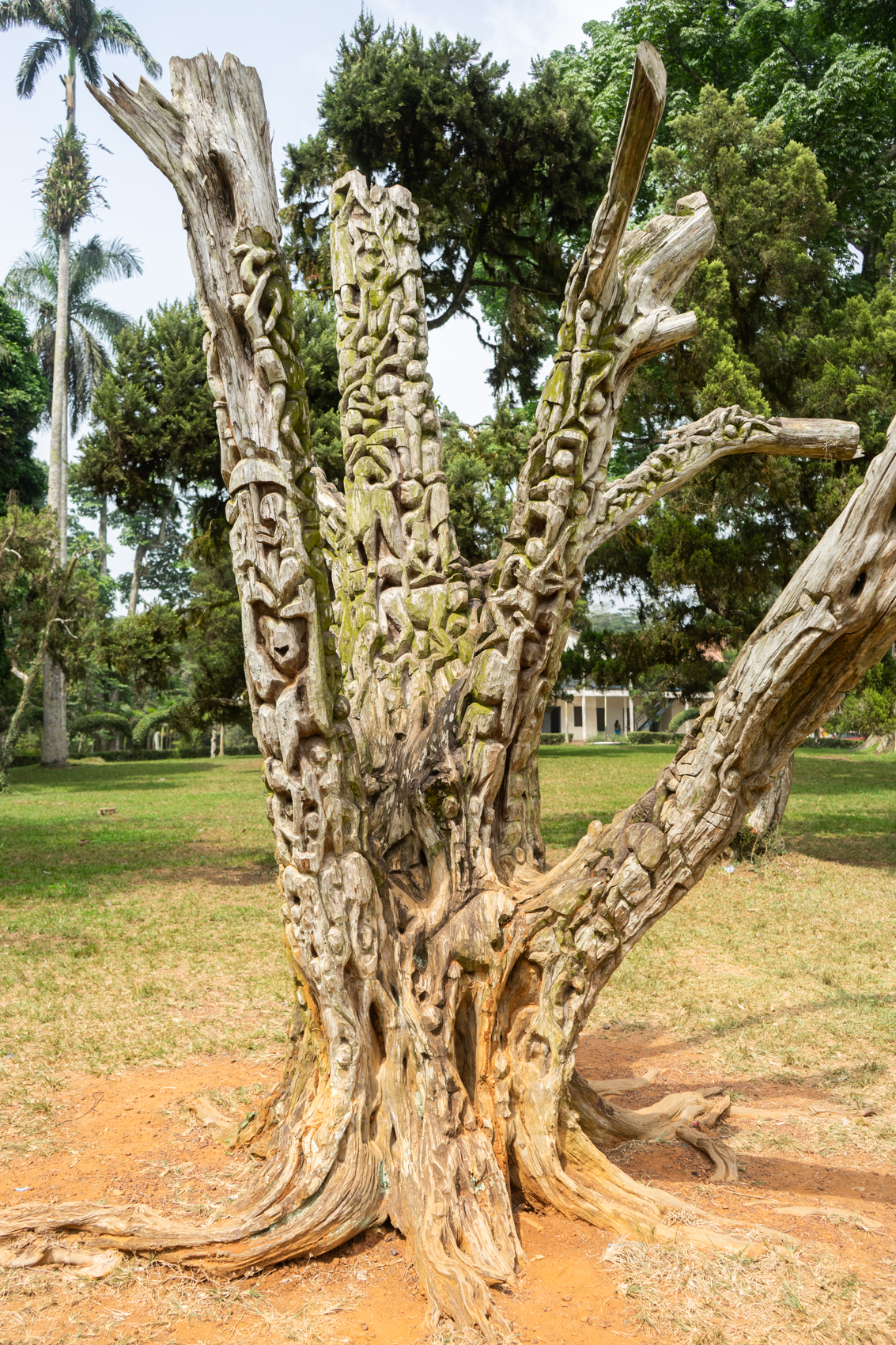
But our favorite tree happened to be the only original tree in the park. All of the others had been imported and planted, but the Silk Cotton tree in the central garden was here since before anyone had conceived of a garden. Named “Lady Hodgson” after some member of the British aristocracy, this tree is massive and extremely impressive. Sadly, it recently died, but the corpse of behemoth will likely remain standing for years to come.
